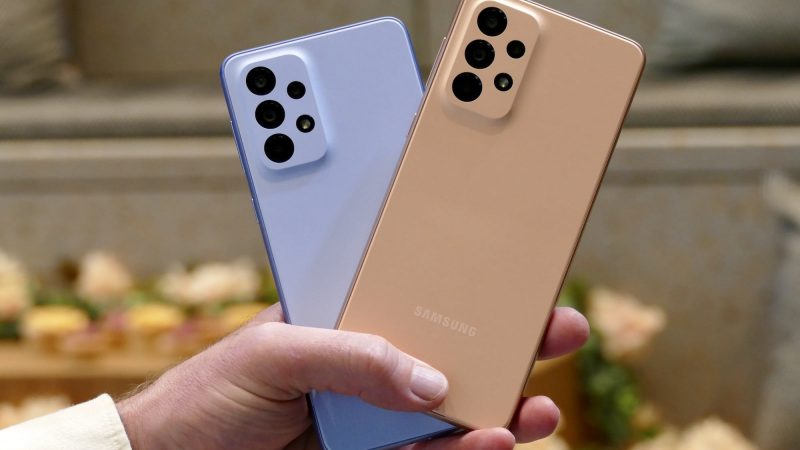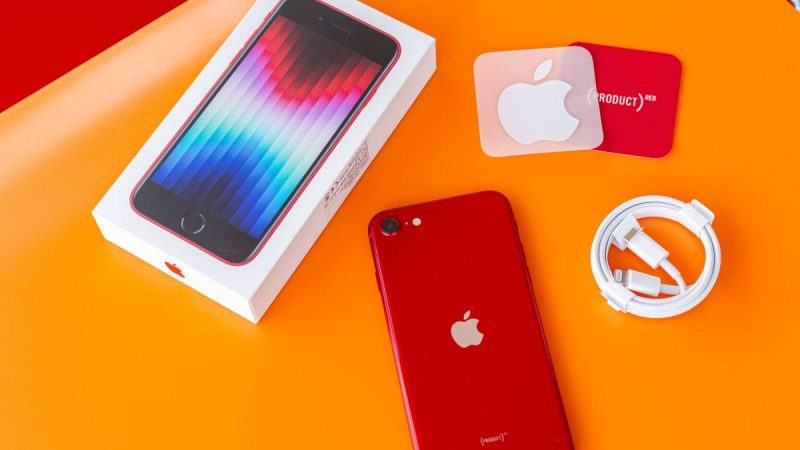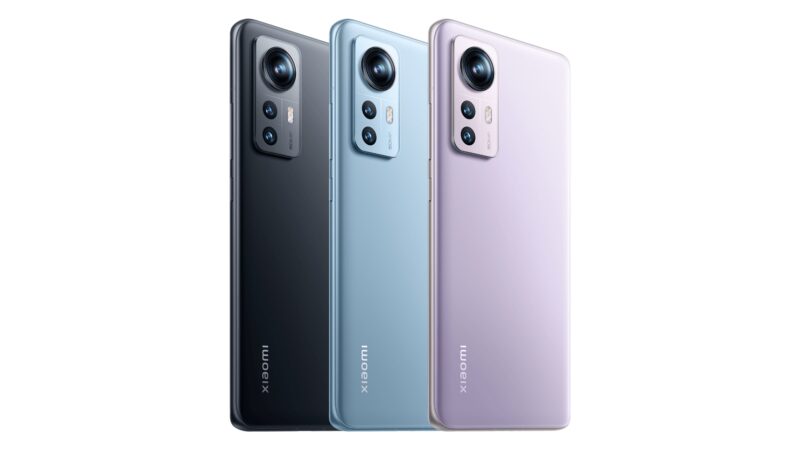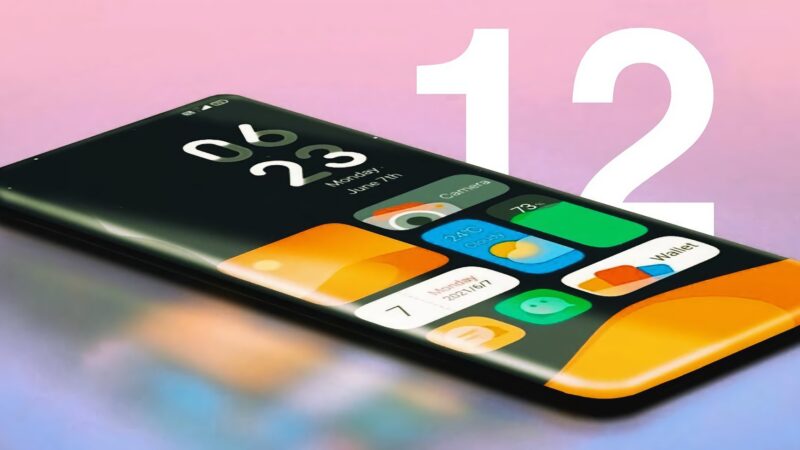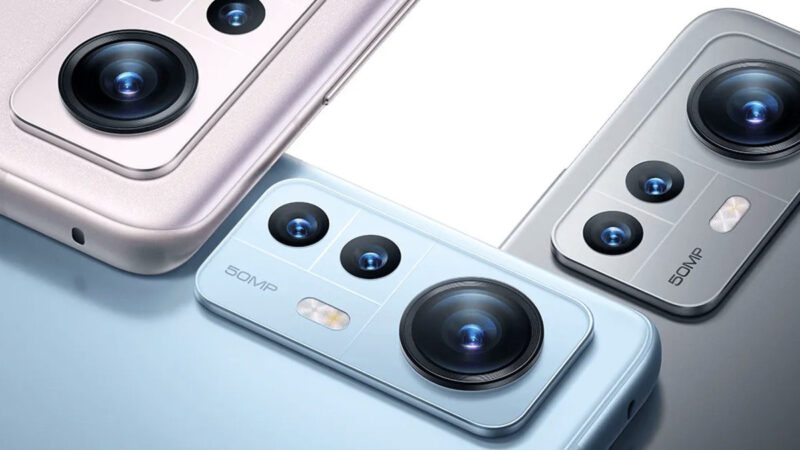Oppo Find X5 Pro Detailed Review | Find Out What’s New in It?
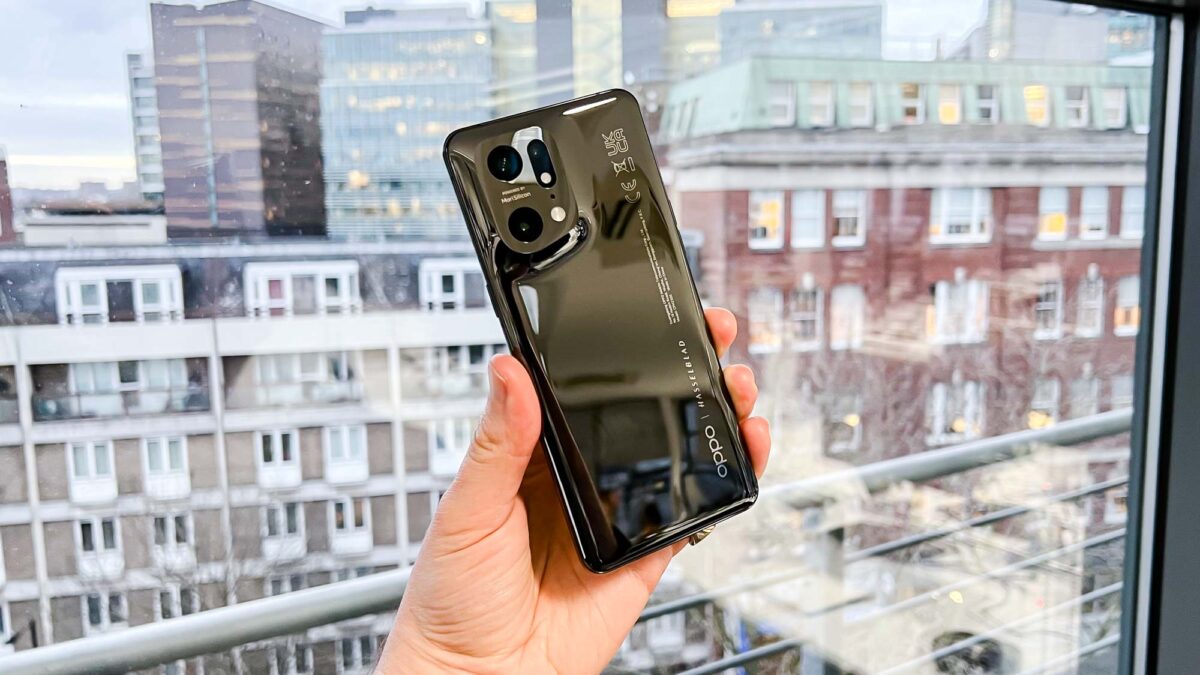
Introduction:
The Oppo Find X5 Pro was just introduced, and now that we’ve had it for a few days, we’ve compiled a list of the most crucial new features.
With the simultaneous release of phones like the Oppo Find X5 Pro, Realme GT 2 Pro, IQOO 9 Pro, and the incoming OnePlus 10 Pro, it’s clear that product planning in the BBK Electronics group of brands is more important than we previously imagined.
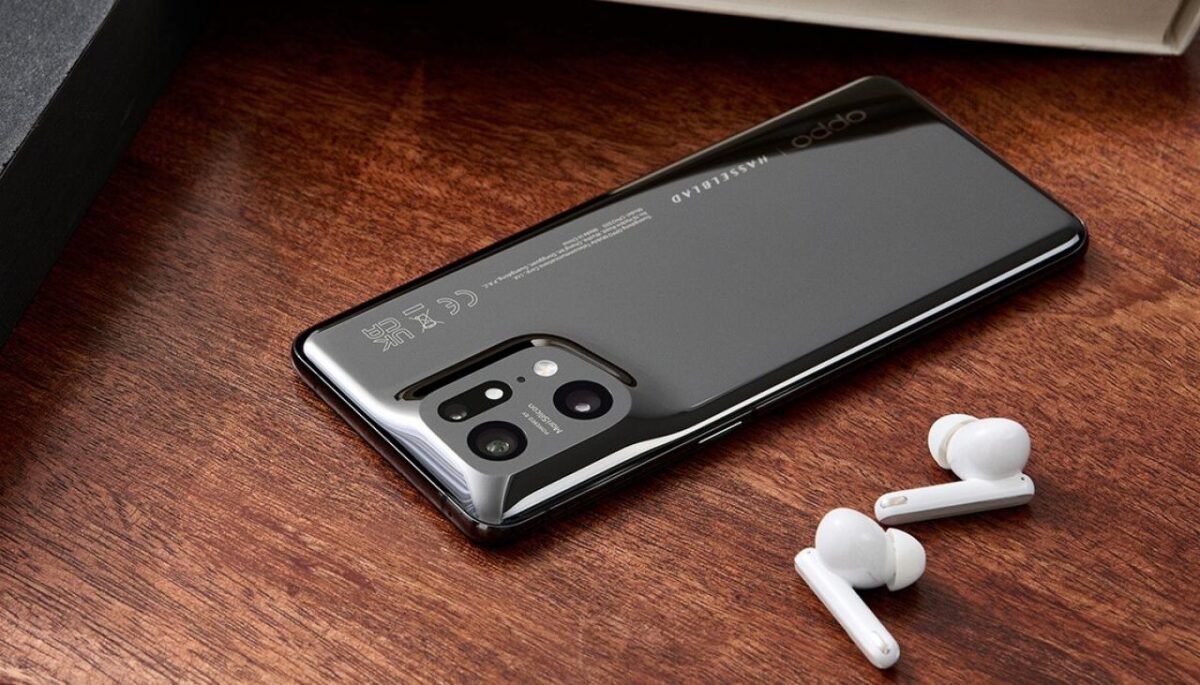
Even a child can see that the otherwise independent brands have all based their flagship products on the same platform – a flagship curved 120Hz AMOLED screen, the Snapdragon 8 Gen 1 chipset, and a 5000mAh battery – all of which have been carefully mixed with hand-picked features from the company’s R&D lab.
Each phone has its own set of cameras and charging rates, all of which have been carefully mixed and matched to ensure that the phones don’t eat each other’s pie.
As a result, BBK now has four flagship devices – five if you consider the Vivo X70 Pro+ – and the lucky customer may choose the formula that best suits their needs.
Today, though, we’re not just talking about Oppo. Never mind the missing number four; the Find X5 Pro is the successor of the Find X3 Pro, and it follows the formula to the letter from the previous year.
You get the most recent generation of LTPO AMOLED screen – it doesn’t get much more cutting edge than that, even in Samsung’s camp. You get to use Qualcomm’s most recent chips (with the international model). This year’s battery is much bigger, and charging is even faster. In addition, you get all of Oppo’s latest camera improvements. All okay, almost all. As it turns out, this year’s camera advances are tiny and difficult to discern. Indeed, a cursory glance at the specifications sheet would lead you to believe that this phone features the same camera as last year’s Find X3 Pro.
But, if Samsung can do it with the Galaxy S22 Ultra, why can’t Oppo? Okay, we’re not being completely honest with either company. Although the technical specifications haven’t changed much, these camera systems are as polished as they come on a smartphone, and you’d be hard pushed to find better ones elsewhere. Only… Oppo, where is the long-range zoom camera? You say, “Oh, Vivo got it?” That’s unfortunate. So, to return to our original argument, keep in mind that no single flagship smartphone from the BBK group of businesses gets the best of everything. All of these businesses must continue to operate.
Here’s a quick rundown of the Find X5 Pro’s features.
- Specs of the Oppo Find X5 Pro in a nutshell:
- 163.7×73.9×8.5mm, 218g; Gorilla Glass Victus front, ceramic back, aluminium frame; IP68 dust/water resistance (up to 1.5m for 30 mins).
- Display: 6.70″ LTPO 2.0 AMOLED, 1B colors, 1-120Hz, HDR10+, 500 nits (typ), 1300 nits (peak), 1440x3216px resolution, 20.1:9 aspect ratio, 526ppi, 500 nits (typ), 1300 nits (peak), 1440x3216px resolution, 20.1:9 aspect ratio, 526ppi
- Adreno 730; Qualcomm SM8450 Snapdragon 8 Gen 1 (4 nm): Octa-core (1×3.00 GHz Cortex-X2 & 3×2.50 GHz Cortex-A710 & 4×1.80 GHz Cortex-A510); Qualcomm SM8450 Snapdragon 8 Gen 1 (4 nm): Octa-core (1×3.00 GHz Cortex-X2 & 3×2.50 GHz Cortex-A710 & 4×1.
- Memory: 256 GB with 12 GB RAM; UFS 3.1.
- Android 12 and ColorOS 12 are the operating systems and software.
- Wide (main): 50 MP, f/1.7, 26mm, 1/1.56″, 1.0m, multi-directional PDAF, OIS; Ultra wide angle: 50 MP, f/2.2, 16mm, 110, 1/1.56″, 1.0m, multi-directional PDAF; Telephoto: 13 MP, f/2.4, 52mm, 2x optical zoom, PDAF; Telephoto: 13 MP, f/2.4, 52mm, 2x optical zoom, PDAF
- 32 MP, f/2.2, 22mm front camera (wide).
- Video capture: 4K@30/60fps, 1080p@30/60/240fps; gyro-EIS; HDR, 10-bit video; front camera: 4K@30/60fps, 1080p@30/60/240fps; gyro-EIS; 1080p@30fps for the front camera.
- 5000mAh battery; SuperVOOC flash charging at 80W, AirVOOC fast wireless charging at 50W, and Reverse wireless charging at 10W.
- Miscellaneous: Fingerprint reader (optical, under-display); stereo speakers; NFC.
- These specifications are nothing to scoff at, as you can see. As long as you don’t mind that the only substantial change is the new silicon. Sure, the battery isn’t more extensive, but that’s mainly due to the new CPU’s increased power consumption. There’s better passive cooling, but it’s there to keep the latest processor from overheating.
- Perhaps there’s more to the Find X5 Pro than meets the eye, and it deserves to be Oppo’s flagship for another year. It’s a good thing this isn’t a complete evaluation but rather a snapshot of the product’s highlights. We might even go so far as to label the selection of upgrades lacklustre if we were more fastidious.
The Find X5 Pro is unboxed:
Oppo’s 80W VOOC charger was included in the retail box and a hefty cord. There’s also a lovely, thin protective case had to get you started.
In comparison to the Find X3 Pro, what’s new?
The design language of the Oppo Find X5 Pro is an obvious continuation of the Find X3 Pros. The curving camera bump has become more asymmetrical, appearing more appealing and intriguing.
The back is now composed of ceramics, which is more complex than glass. Thus, scratching this one will be difficult. The use of ceramics has the undesirable side effect of limiting the phone’s colour options to White or Black. There aren’t any weird colours this time, but that’s a trade-off we’re willing to make.

When you combine the Corning Gorilla Glass Victus used on the front of the new model with the Corning Gorilla Glass Victus used on the back, you should get better drop and scratch resistance across the board.
Like last year, the phone is dust and water-resistant to IP68 standards. There are also stereo speakers onboard, including Dolby Atmos sound. On the new model, the display type and dimensions are the same. It’s supposed to reach the same peak brightness of 1300 nits as the previous model. And the resolution is the same as it was previously – WQHD+. Even the claimed colour fidelity is on par with the rest of the package.
The display’s novel feature is that the LTPO 2.0 technology allows the variable refresh rate to be as low as 1Hz (previously 5Hz on the old model). The touch sampling rate is slightly more significant, with a nominal value of 300Hz (up from 240Hz) and the capacity to spike to 1000Hz for brief periods.
Color OS 12 is included with Android 12. It consists of all of the new Android security features, such as the Privacy Dashboard, Approximate Location Sharing, Microphone and Camera toggles and indications, and a few other data-protection features. Compared to the Find X3 Pro, O-haptics is a new system-wide haptics engine that feels much stronger and crisper than before.

Another new Oppo feature is the ability to project the phone’s screen onto a Windows PC desktop and utilize it from there. NFC is also omnidirectional, which means you don’t have to touch a specific location on the back of the phone to connect. Any number on the phone would suffice. In roughly 12 minutes, the battery went from very empty to 50%.
You’ll also get 50W wireless charging from AirVOOC. It takes just 47 minutes to charge from near-empty to 100 per cent. We didn’t have an AirVOOC wireless charger on hand, but we did have an 80W SuperVOOC charger in the box, so we decided to put their promises to the test. Unfortunately, we didn’t achieve the claimed charging speeds, with the battery indicating 40% after roughly 12 minutes. And even though SuperVOOC Flash Charge is one of its most powerful features, the Find X3 Pro’s charging speeds are faster, even though it only supports 30W VOOC charging.
Snapdragon 8 Gen 1 performance benchmarking:
The Oppo Find X5 Pro’s international model (the one sold outside of China) is powered by Qualcomm’s latest 4nm Snapdragon 8 Gen 1 flagship chipset. The same 12GB+256GB combination as the Find X3 Pro is available.

Oppo claims that the new phone will have up to 30% more performance and up to 25% greater power efficiency than the previous generation, not to mention improved AI and network capabilities, thanks to the next-generation chipset. We’d already met this chipset on the recently reviewed IQOO 9 Pro, but we were interested in seeing how it performed on the Find X5 Pro.
We saw enhanced performance compared to last year’s silicon, but the phone was also quick to heat up and similarly fast to cool down, scoring roughly 20% lower on Geekbench 5 and Antutu 9. And this is despite the extra huge vapour cooling chamber that BBK flagship is incorporating into this year’s flagships. Nonetheless, the new Adreno 730 provides an undeniable and significant boost in graphics performance.
Impressions from the camera:

The primary and UW cameras and the telephoto on the Oppo Find X5 Pro are much the same as previously. The microscope camera from the Find X3 Pro is no longer available, but it was always a pain to use so that it won’t be missed. The lack of a zoom camera with a greater reach in Oppo’s flagship for the second year in a row will be missed. Even the Find X5 Pro’s 2x zoom camera lacks optical image stabilization, and its autofocus isn’t fantastic. However, this does not rule out the possibility of updates. So, let’s take a look at them.
The Find X5 retains its primary camera and ultrawide cameras, which feature identical high-end Sony IMX 766 sensors with omnidirectional all-pixel autofocus, which is still among the fastest in the industry. According to reports, the central cam now includes a fundamental glass front element, which improves colour accuracy and reduces chromatic aberration by up to 77 per cent. With the S22 Series, Samsung has also introduced a front glass lens, so we’ll likely see more of this trend across the industry – at least in terms of flagships.
In addition, its primary camera now features a slightly wider aperture of f/1.7, as opposed to f/1.8 on the Find X3 Pro. A completely new stabilization technology, dubbed DSLR-level, has also been added to the primary camera. It’s a hybrid of lens-based and sensor-shift-based stabilization.
Although calling it five-axis OIS isn’t strictly correct; it’s impressive that they’ve managed to get a 3-axis sensor shift + 2-axis lens-based optical stabilization to work together. The result, according to reports, is a device that can counterbalance up to 3 degrees of shaking. The method is used in both photographs and films.
Unfortunately, given our unit’s pre-release software, this exciting configuration did not realize its full potential, so stay tuned for our real-world observations in our comprehensive review.
Another new feature is Oppo’s 6nm proprietary MariSilicon X Imaging NPU. The MariSilicon X chip, according to reports, offers super-efficient AI computational capability, allowing for best-in-class 4K Ultra Night Video recording with both broad and ultra-wide cameras. Unfortunately, this pre-production program did not have the 4K Ultra Night Video recording option.

Oppo claims that the MariSilicon X’s strong ISP allows HDR video to be shot in a 20-bit dynamic range 4x more than the Find X3 Pro. This entails real-time RAW processing at the pixel level, with no compression, resulting in an 8-dB improvement in signal-to-noise ratio.
A new 13-channel spectral sensor on the rear replaces the existing 5-channel RGBCW sensor on the camera bump to better detect a scene’s colour spectrum and adjust white balance and skin tones. Oppo has also increased OnePlus’ Hasselblad connection, and the phone boldly displays the camera company’s branding.
The OPPO Find X5 Pro in Pro Mode also has Hasselblad Natural Color Calibration. The Pro mode’s UI has been tweaked to match Hassselblad’s, and the shutter sound has been replicated from the professional camera series. Oppo has done an excellent job adjusting all three cameras to achieve equivalent results in colours and contrast, as you can see in the samples below.
Photographing in natural light:
The primary camera, which has a resolution of 50 megapixels, is a fantastic performer. You get 12MP photographs with incredible quality and a wide dynamic range in almost every situation. This camera is unquestionably among the best available.
We spent a day shooting with the Find X5 Pro; however, compared to the Find X3 Pro, we couldn’t see any immediate improvements in the user experience or the results. Even the response and speed were the same.
Photographing at night:
We saw more of what we saw throughout the day at night. The Oppo Find X5 Pro boasts a fantastic camera that can capture night scenes as they appear to the human eye. However, we are hesitant to give it the advantage over the Find X3 Pro because it seems similarly good.
We also shot some test movies with the Find X5 Pro. Still, we were dismayed that two of the new camera system’s most prominent features – enhanced stabilization and 4K Ultra Night video – were not completely functional on our pre-release software. Oppo has promised an update with camera upgrades and corrections, which should arrive in time for our comprehensive review.
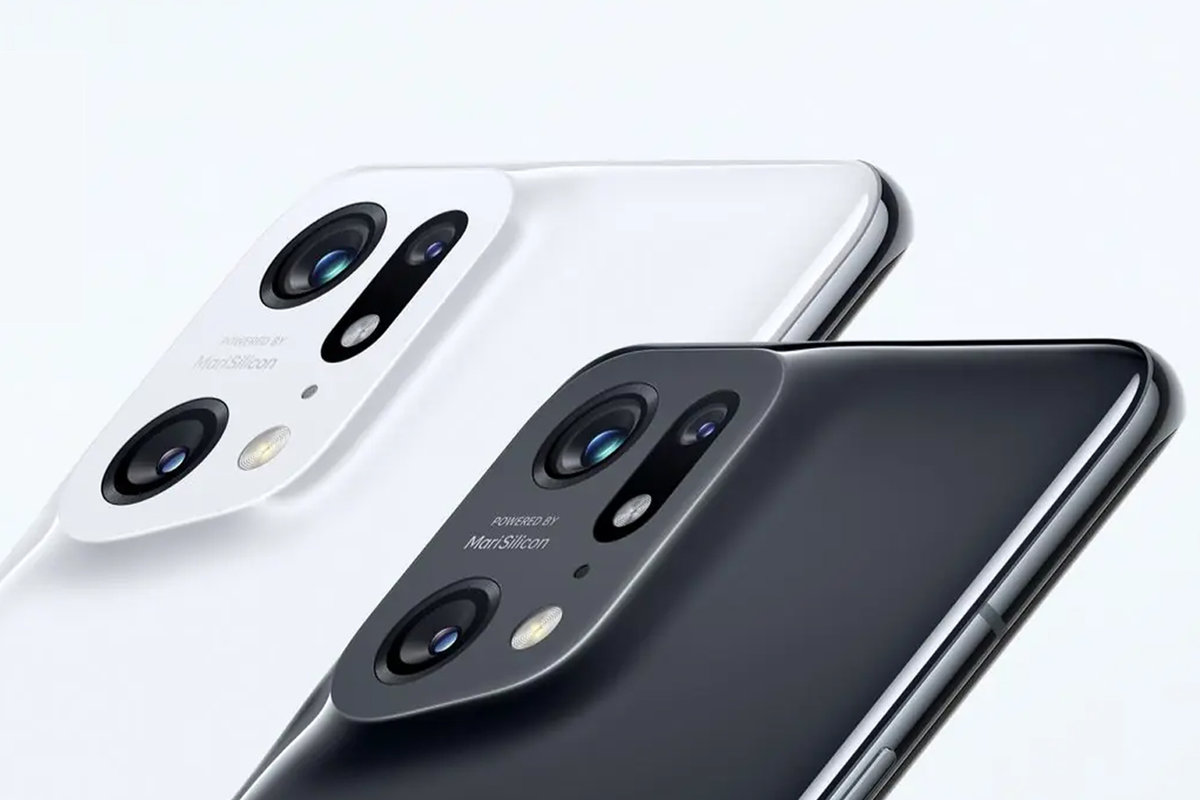
Nonetheless, the videos we captured using the phone aren’t awe-inspiring. The only drawback is that we got similar results from the Find X3 Pro, which we had to compare directly. Let’s hope the upcoming software update for the Find X5 Pro brings even more significant enhancements.
30fps 4K 2160p (main camera) 4K 2160p 30fps 62Mbps (ultrawide camera) 4K 2160p 30fps at 50Mbps (telephoto camera, 2x zoom) 4K 2160p 30fps at 50Mbps (main camera)
Finally, the Find X3 Pro’s selfie camera features a Sony IMX709 sensor that has been modified (as seen in the Reno7 series). It improves light collection by using an RGBW (hite) subpixel matrix, which supposedly lets the sensor capture up to 60% more light. In addition, the MariSilicon X ISP is said to process the White and RGB signals individually for a better Signal-to-Noise ratio and better images in low-light situations.
Conclusion:
Overall, the Oppo Find X5 Pro is an excellent smartphone. However, other than the upgraded Qualcomm silicon and the more durable casing, we couldn’t think of many compelling reasons for consumers to choose this model over the earlier (and now potentially cheaper) Find X3 Pro. Of course, we haven’t even begun our complete review yet, so our opinions may alter as we get more hands-on time with the device and have a better chance of seeing it in various circumstances.
